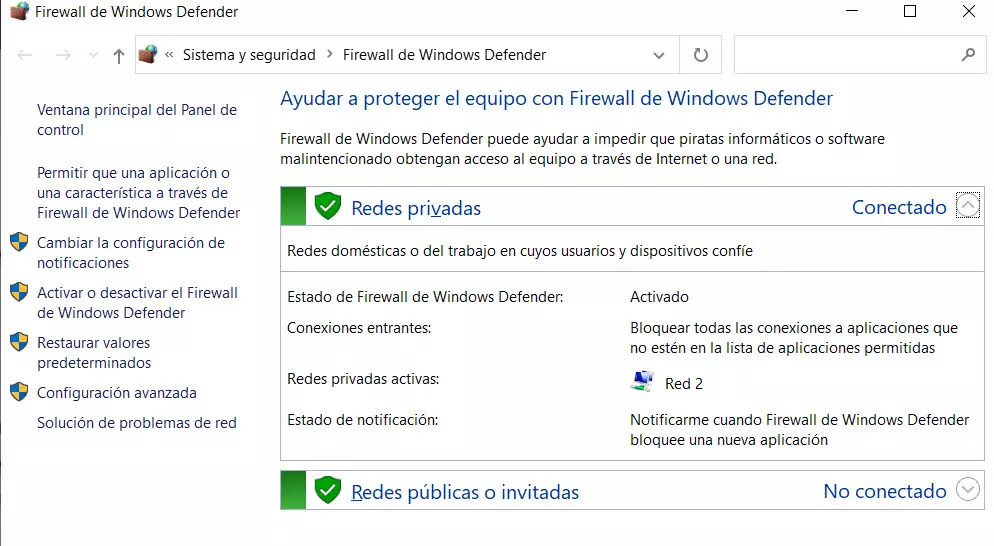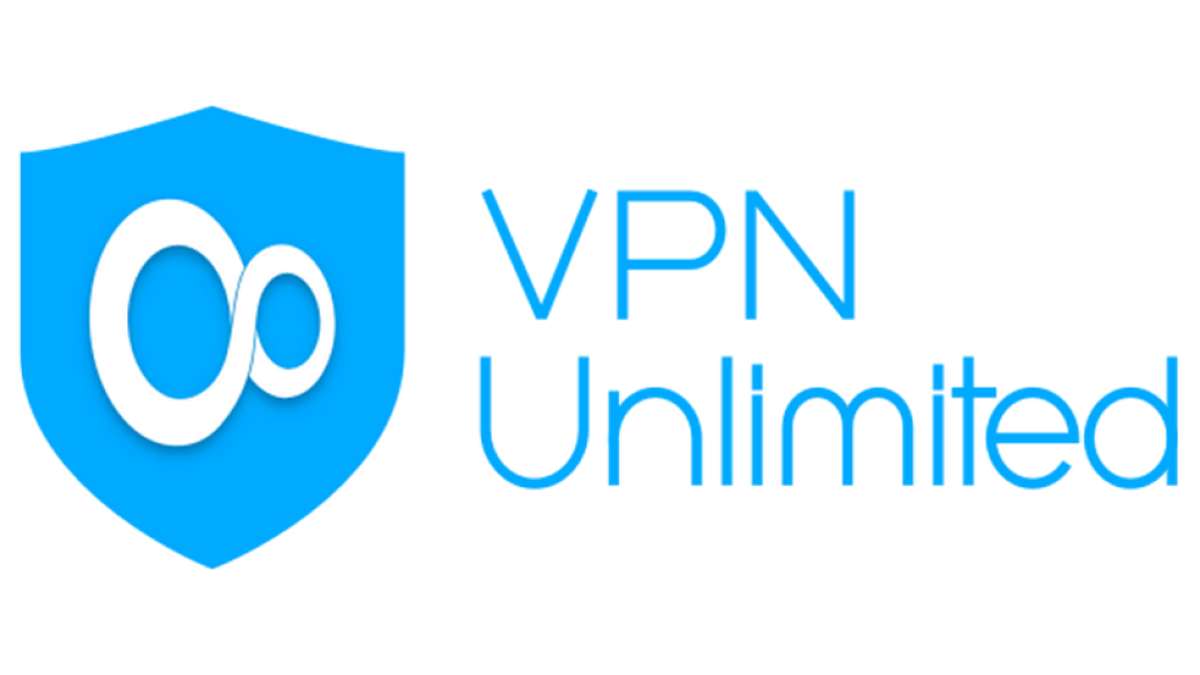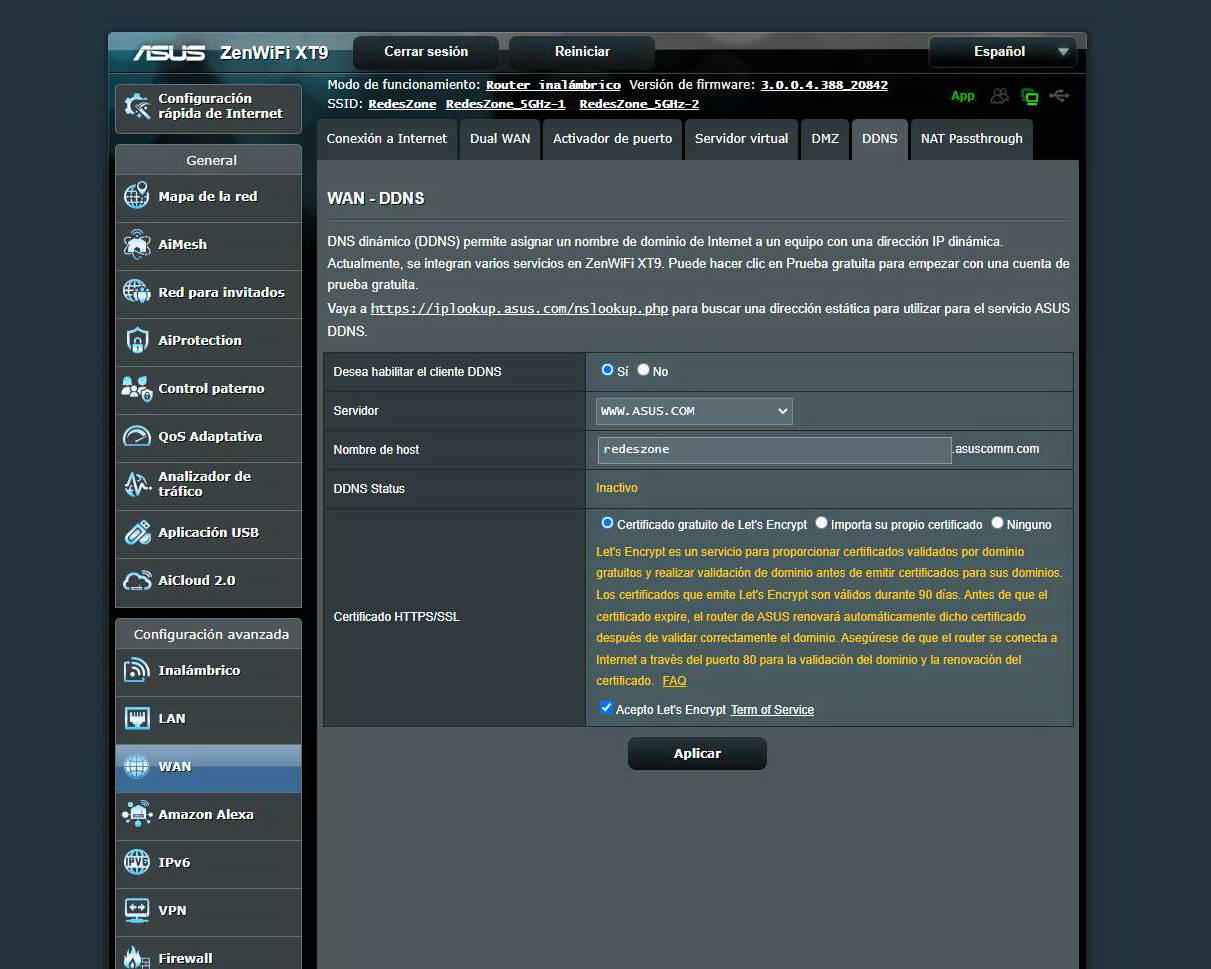
Most services such as when we use the Internet browser or use email, we do not need to make a special configuration for everything to work well. However, some programs do require that we have to open ports for their correct operation. Whenever we need to access a service on our local network from the Internet, we will need to open a port because that device is behind the NAT. The process is not too complex but it requires us to carry out a series of steps. If we forget any of them or do them incorrectly, then we will start to have problems. In this article we are going to see why the port that I have opened on my router does not work and we will provide some solutions.
Some programs need to have ports open to work properly. In this aspect, some of the ones we use the most are P2P clients, and also when we want to set up a web, FTP or other type of server.
What interferes so that a port does not open
If we want the port that we have opened to work correctly, we have to pay attention to a series of elements that are well configured. These elements that we must review or configure carefully are:
- The local or private IP.
- the router.
- The Windows Firewall.
- The program in question.
- The type of public IP and the CG-NAT.
Now we are going to explain each of them and offer some guidelines that you can follow.
The local IP and the router when opening ports
In our local network we can have many devices that have an Internet connection. Each of them has a local or private IP that serves to distinguish them. If we want to open ports correctly, it is not enough to know that local IP since it can vary if it is automatically assigned by DHCP. For that reason it is It is necessary to establish a local IP in a fixed way. In this aspect it should be noted that we have two ways of doing it. One would be in Windows configuring TCP/IP. For this we would go to Setting, Network and Internet, Condition Y Change adapter options. There we select our network adapter, with the right mouse button we select Properties and then Internet Protocol version 4. Next, we will configure it like this respecting the network range that our router has:
The other option is to establish the local IP by entering the router on the web. DHCP static or corresponding section. Then regardless of whether we have done it in Windows or in the router itself, we have to open the ports we need on the router to that local IP.
The firewall has to be well configured
On the one hand, those ports that we have just opened in the router must be put in the software that we are going to use. For example, P2P clients usually have a connection section where you have to put the ports. This is so unless you have decided to use the default ones and have opened them on the router.
Another point that we have to review has to do with the Windows firewall. The first time we start this P2P program, it will ask us for permission to access the Internet.
In the event that the port that I have opened does not work well, it may be because I have blocked it by mistake. Then it’s time to check if the Windows firewall is blocking a port or program.
The public IP and the CG-NAT
In some cases it may be the case that the port that I have opened and the configuration of all the elements is well done. Here comes the time to ask ourselves about the way our Internet provider or ISP assigns public IPs. Thus, in the event that our ISP had CG-NAT we could have problems. A solution would happen because they will let us out of that CG-NAT, what happens is that this is not always possible.
Some ISPs that have CG-NAT in their networks are Orange / Jazztel, Grupo Masmovil (Yoigo, MasMovil and Pepephone) and Digi. Finally, you may want to check if you have a public IP or CG-NAT.




